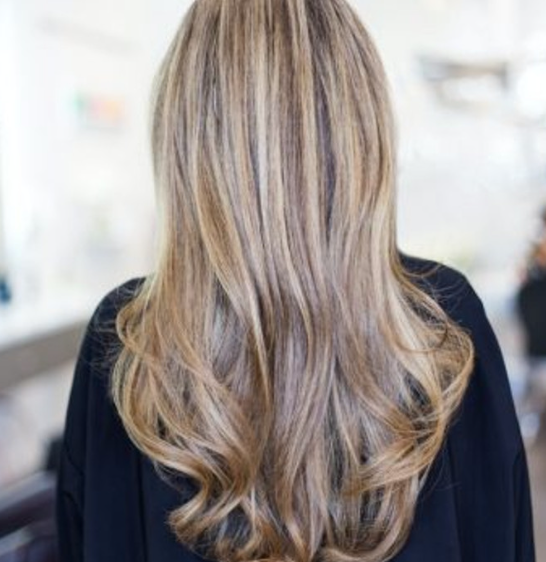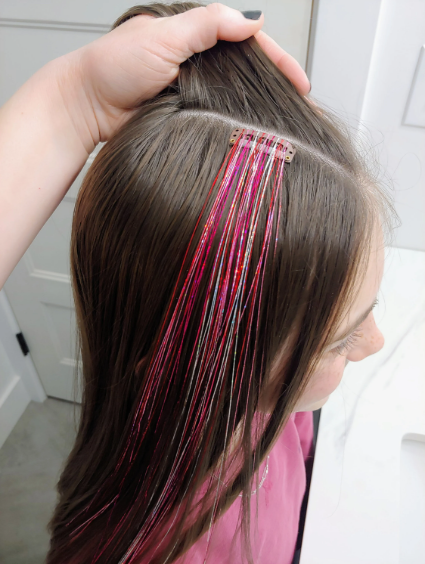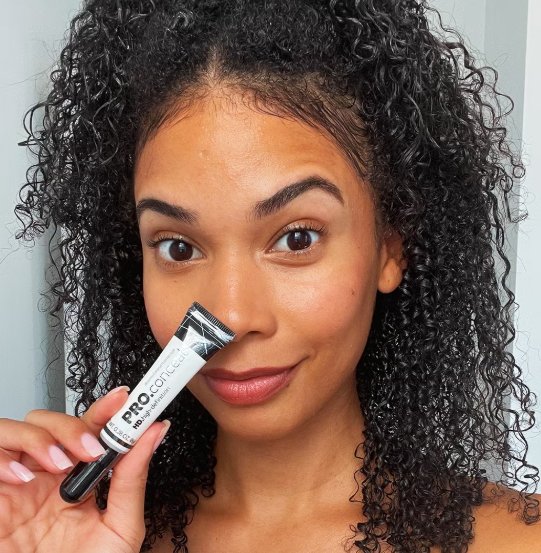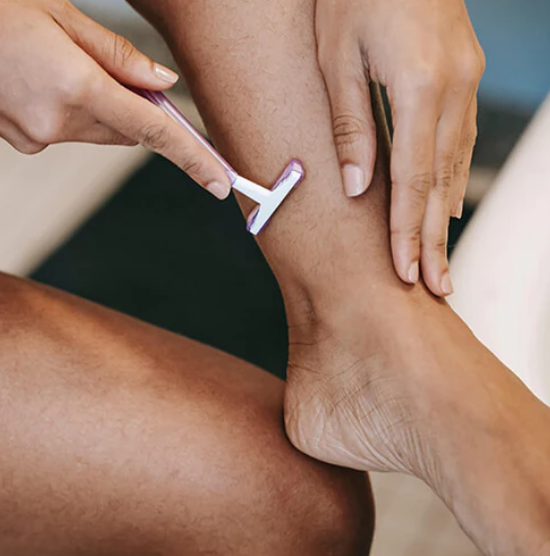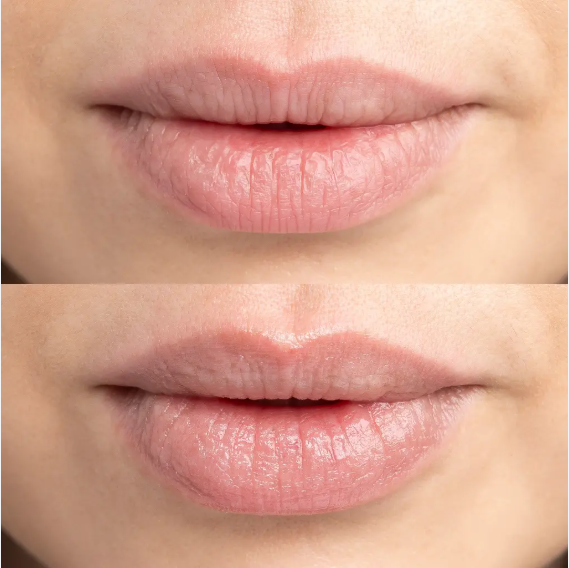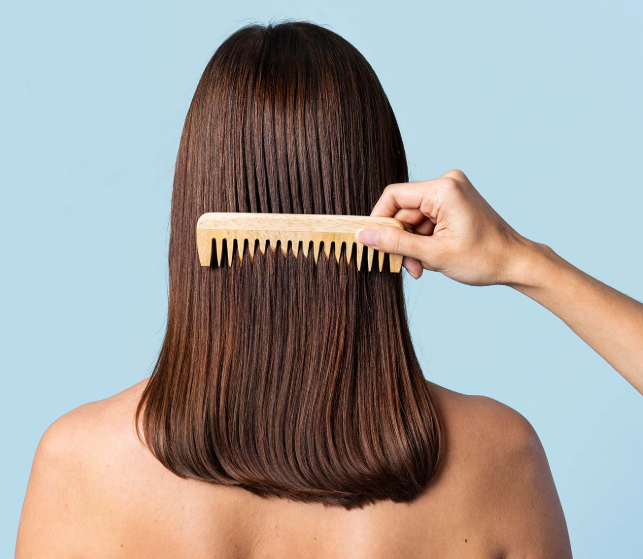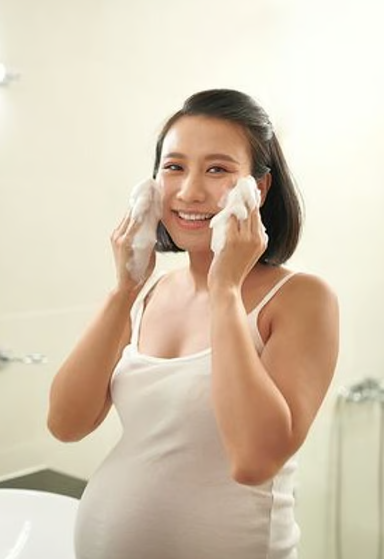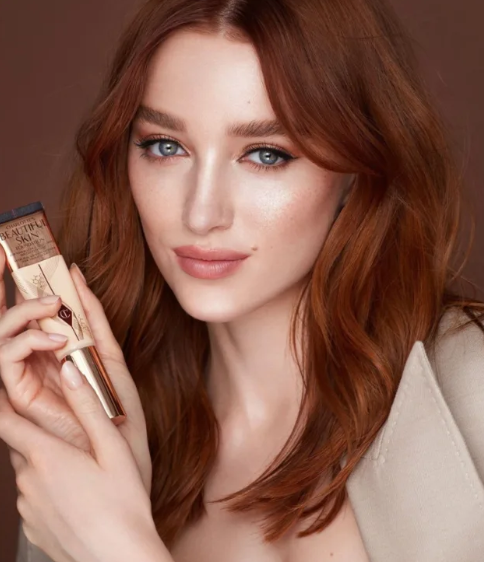If you’ve ever chopped your hair off on a whim only to regret it later, you’re not alone. We’ve all had those moments when we impulsively cut our hair and wish we could undo it. Thankfully, there’s a solution—hair extensions! While extensions have gotten a bad rap for causing damage and hair loss, when done correctly, they can enhance your look without harm. The key is choosing the right type for your hair and maintaining them properly.
Understanding Hair Extensions
Before diving into the types of hair extensions, it’s essential to know that the choice of hair—whether human or synthetic—can make a significant difference. Let’s break down the basics.
Human Hair vs. Synthetic Hair
Human Hair: As the name suggests, this type of hair is made from real human hair. The benefits of human hair extensions include their natural texture, ability to be styled with heat, and long-lasting wear. They’re versatile—allowing you to color, curl, and straighten them just like your natural hair. With proper care, human hair extensions can last up to a year.
Synthetic Hair: These extensions are made from synthetic fibers designed to mimic real hair. While they are more affordable, they come with a few downsides. For example, synthetic hair cannot withstand heat styling, and it tends to be less durable, often lasting only a few months. They also can’t be color-treated since the chemicals can break down the fibers.
If you’re looking for a temporary style for an event, synthetic hair may be sufficient. However, if you plan on wearing extensions for an extended period, human hair is generally the better investment.
Types of Hair Extensions
There are several types of hair extensions, each with its pros and cons. Understanding these can help you make an informed decision.
1. Tape-In Extensions
Tape-in extensions are applied by sandwiching small sections of hair between strips of adhesive tape. This method is popular due to its relatively quick application and natural-looking results. However, you need to avoid oils or heavy conditioning products near the roots, as they can loosen the tape. These extensions typically last 6-8 weeks before needing to be reapplied.
2. Sew-In (Weave) Extensions
Sew-in extensions involve braiding your natural hair into cornrows, then sewing the extensions into the braids. This method is ideal for thicker hair and provides a seamless look. However, it can be time-consuming and is best performed by a professional to avoid scalp strain. Sew-in extensions are a more permanent solution, lasting anywhere from 8 to 10 weeks before needing maintenance.
3. Clip-In Extensions
Clip-in extensions are one of the easiest and most affordable options. These are temporary extensions that clip directly into your hair, providing instant volume and length. Clip-ins are a great choice for a temporary change, as they’re easy to apply and remove. However, they require some careful styling to ensure the clips don’t show. These extensions can last up to a year with proper care.
4. Microlink Extensions
Microlink extensions are applied using small beads that attach the hair to your natural strands without the need for glue or heat. The process is relatively gentle on the scalp, and these extensions can last up to 4 months with proper maintenance. However, they do require professional application, and if the beads are too tight, they can cause discomfort or even hair breakage.
5. Halo Extensions
Halo extensions are a non-invasive option that sits on your head like a headband. They don’t require any attachments to your natural hair, making them a low-damage option for adding length and volume. Halo extensions are easy to apply and remove and are great for short-term use, especially for those who want a no-fuss option for events. They’re also perfect for anyone worried about damaging their natural hair.
How to Maintain Your Extensions
Regardless of the type of extension you choose, proper care is essential to ensuring they last as long as possible. Here are a few tips:
- Hydrate your scalp: For extensions like sew-ins, make sure to nourish your scalp to avoid irritation and keep your hair healthy.
- Use the right products: Avoid heavy oils or conditioners near your extensions, especially tape-ins and microlinks, as these can cause the extensions to slip out or lose their effectiveness.
- Regular touch-ups: Extensions require regular maintenance, so make sure to visit your stylist for reapplication or adjustments to keep your extensions looking fresh.
- Wash carefully: Whether you have synthetic or human hair extensions, washing them gently is key to preventing tangling and breakage.
Final Thoughts
Hair extensions can be a game-changer for adding length, volume, and texture to your hair, but it’s crucial to choose the right type for your needs. Whether you go for the natural look of human hair or the convenience of synthetic extensions, understanding the various types and how to maintain them will help you enjoy your new style for longer. Always consult with a professional stylist to ensure your extensions are applied and cared for properly, and you’ll be rocking luscious locks in no time!
